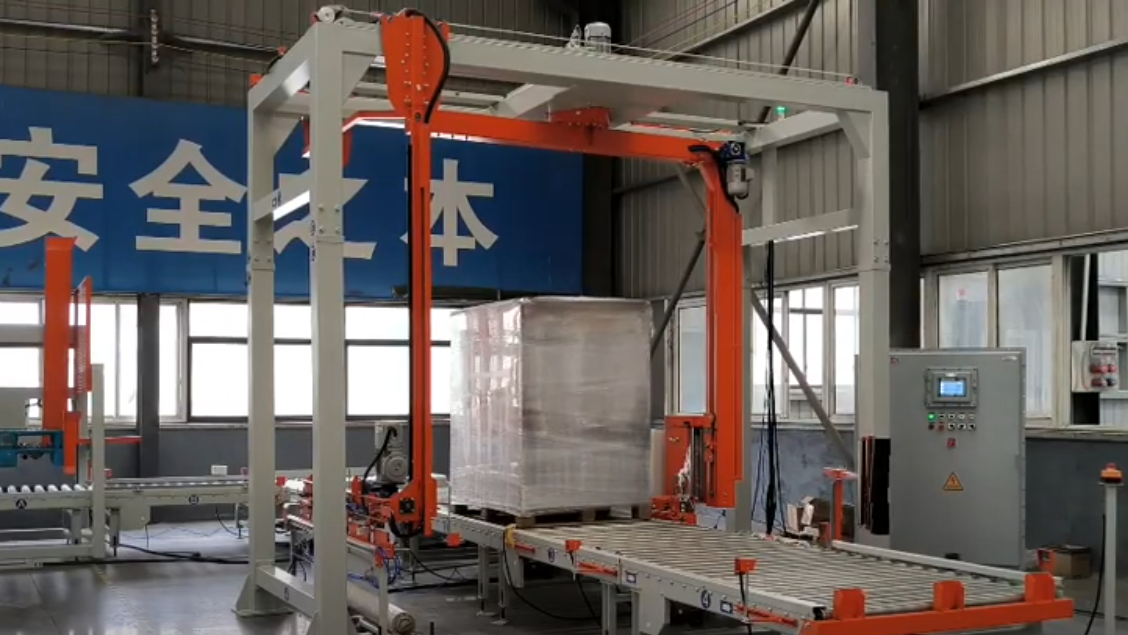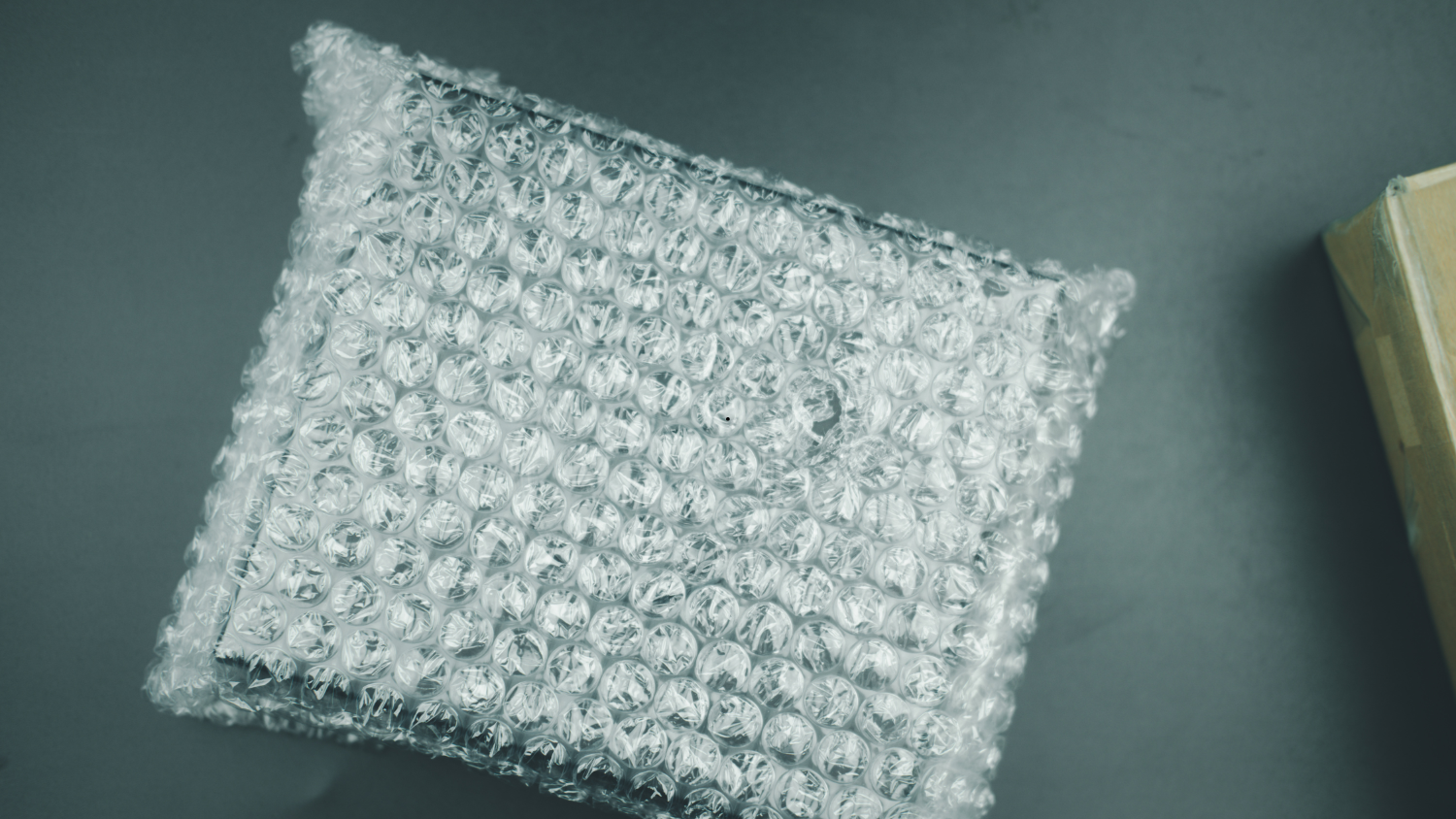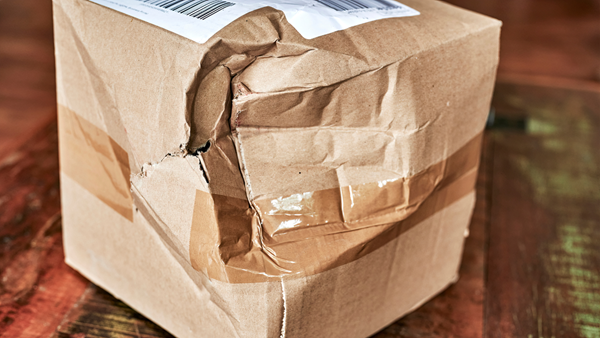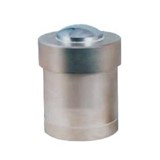It’s more expensive to acquire new customers than retain existing ones. As a result, keeping your regular customers happy by preserving product safety with damage reduction efforts is critical in today’s fiercely competitive market. Without it, your brand can easily get cancelled.
Whether you’re in the B2B or B2C sector, reducing product damage positively affects both ends of your business - from maintaining positive brand reputation to sustaining customer satisfaction.
Discover three effective strategies that will help your business mitigate the negative impacts of improper packaging to save your business from the perils of cancel culture and improve customer retention.
Impact of Product Damage on Businesses
Product damage is an operational hassle or waste that has far-reaching implications for your business’s bottom line and reputation. Gain a wider perspective on the hidden costs and broader impacts of product damage below.
- Increased Operational Costs: Damaged products are not only an immediate loss. The expense seeps through product replacements, refunds, productivity time, and higher shipping costs due to multiple deliveries. These additional costs can quickly affect your profit margins that can put your business on financial strain.
- Damage to Brand Reputation: Your brand’s reputation is one of your most valuable assets that will get a hit on repeated cases of damaged products. The brand will suffer from negative reviews and a loss of customer loyalty. The ripple effect of poor packaging can severely damage your brand’s reputation, making it difficult to recover in a crowded market.
- Operational Inefficiencies: Product damage can disrupt the supply chain that leads to inventory management challenges and operational bottlenecks. This disruption complicates logistics, increasing lead times and causing delays that can frustrate other customers and strain business relationships.
- Compliance Issues: Frequent instances of damaged goods and increasing customer complaints can get your permits revoked. This is specially true If the damage poses safety risks on consumers like defective electronic products.
3 Damage Reduction Strategies For Your Products
Check out different strategies to address the opportunities in the packaging process of your business.
Strategy #1: Implementing Robust Packaging Solutions

Packaging plays a vital role in reducing product damage, and selecting the right materials and designs is crucial. Here’s how you can strengthen your packaging to prevent damage and protect your products.
Inadequate Protection During Transit
The journey from your warehouse to the customer’s doorstep comes with a lot of risks. Using adequate cushioning like bubble wraps and selecting the right box sizes are essential steps in preventing movement and damage during shipping. Inadequate protection can result in product breakage, leading to waste and higher replacement costs.
Poor Sealing and Closure
Strong adhesives, wraps, and proper tape application are non-negotiable when it comes to securing packaging. Improper sealing can result in packages opening during transit or getting soaked with water, exposing your products to damage. This not only frustrates customers but also causes disputes with couriers and leads to more costs due to product replacements.
Environmental Conditions
Packaging design or protective wraps must be durable enough to endure environmental conditions. Factors like temperature sensitivity and moisture resistance are critical in preventing product spoilage and damage. Ignoring these factors can lead to waste, customer dissatisfaction, and increased operational costs. By designing packaging during the product development stage to withstand environmental challenges, you safeguard your products and enhance your business’s reputation for quality.
Packaging Design Flaws
Packaging should be both sturdy and user-friendly. A well-designed package not only protects your products but also enhances the customer experience, reducing returns and increasing customer satisfaction.
Strategy #2: Optimising Your Supply Chain for Damage Prevention

A well-managed supply chain includes systems that ensure product integrity and packaging before it leaves the warehouse. By having quality and damage prevention initiatives, it will be easy for you to identify and address weak points in your supply chain that can significantly improve product damage control.
Overpacking and Underpacking
Striking the right balance between overpacking and underpacking can help you save a lot on either shipping costs or product returns. Overpacking leads to higher shipping costs and contributes to unnecessary waste, while underpacking increases the risk of product damage. Both scenarios result in increased operational costs and reduced profitability. By implementing standard packaging practices, you can find a middle ground where you don't overpack and underpack your products and minimise costs.
Supply Chain Management
Optimising logistics and improving handling practices within your supply chain can significantly prevent any product damage before it even occurs. Strategic warehouse management, including seamless order assembly and efficient inventory control, can give you a sense of control on keeping products damage-free.
Technology in the Supply Chain
Consistency in packaging is more highlighted during peak seasons and handling high-volume transactions. Embracing modern technology in your supply chain that can provide consistent and precise packing solutions to prevent damage can be a game-changer for your business. Other advanced technologies can assist with real-time monitoring of product conditions, like RFID tags, temperature sensors, and automated tracking systems can ensure that your products arrive in perfect condition.
Automation not only reduces waste but also enhances customer satisfaction by delivering high-quality products consistently.
Strategy #3: Regular Quality Control Inspections and Training

Quality control is the hallmark of damage prevention that's often overlooked by most business owners. Regular inspections and employee training can ensure that your packaging and handling processes meet the highest standards.
Insufficient Labelling and Handling Instructions
Incorrect labelling can lead to mishandling and a nightmare experience to customers if they receive the wrong products. Packages that are correctly labelled helps guide handlers and reduces the risk of damage of your products and your business’s reputation.
Inadequate Testing and Quality Control
Stress testing of packaging materials is vital to ensure their durability. While there's not much time to implement it in high-volume industries, it is a must especially when handling sensitive or fragile products.
By conducting thorough quality control inspections, you can identify and address potential weaknesses in your packaging before they lead to costly damage.
Employee Training
Well-trained employees are your first line of defence against product damage. Continuous staff training on proper packaging techniques and quality control measures can prevent the domino effect of a damaged product.
Quality control employees are more likely to handle products with care, reducing the incidence of damage, lowering waste, and enhancing the overall quality of your service delivery.
Protect Your Products and Maximise Profits with IndustrySearch
Don’t let product damage chip away at your bottom line. Implementing effective damage reduction strategies can save you time, money, and your brand’s reputation.
Get a personalised quote today and discover verified rotary arm stretch wrappers can help you optimise your packaging, streamline your supply chain, and ensure top-notch quality control.





-205x205.png)